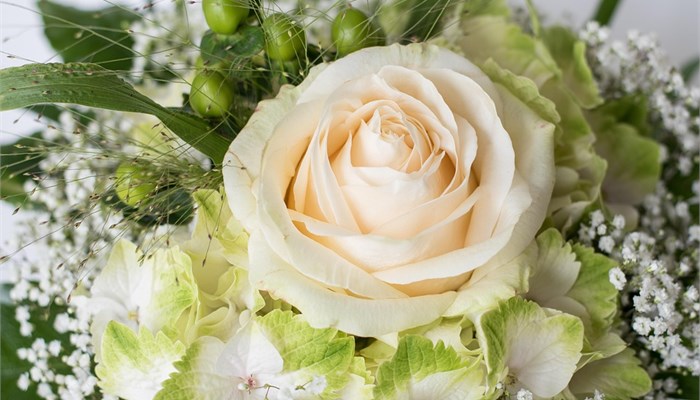"Canon in D" by Johann Pachelbel: A Romantic Icon for Marriage

The "Canon in D" was composed by Johann Pachelbel (1653-1706), one of the leading German composers of the Baroque period.
Although written around 1680, the piece has become extremely popular in the 20th century, especially as part of ceremonial music.
Contrary to what one might think, Pachelbel's "Canon" is not one of his most complex works, but its simple and balanced beauty has captivated generations of newlyweds.
The piece is written in the key of D major and has a particularly calm and enchanting structure, making it perfect for intimate moments such as the entrance of the bride.
Why is it so popular in Weddings?
1. Elegance and Serenity:
The "Canon in D" evokes a sense of tranquility and solemnity. Its structure is very regular and harmonious, and this makes it suitable for moments such as the entrance of the bride or the exit of the bride and groom from the ceremony.
The sweet melody and harmonic repetitions create a solemn atmosphere without ever being too heavy or oppressive.
2. Universal and Recognizable:
The melody of "Canon in D" is universally recognized. Its familiarity helps create an immediate emotional connection with guests, making the bride's entrance even more suggestive.
Even those who are not particularly fond of classical music immediately recognize this composition and associate it with the importance and beauty of the moment.
3. Versatility:
Although the "Canon" is commonly used at the bride's entrance, its flexible structure makes it suitable for many other moments of the ceremony, such as the exit of the bride and groom, the signatures or even as background music during the reading of the vows.
4. Modern Variation and Customizations:
While “Canon in D” remains a popular choice, many couples have begun to experiment with modern or customized versions of the song.
Some very popular versions include arrangements with piano and violin or acoustic guitar, which give a more personal touch, but retain the original beauty of the piece.
There are also pop/rock versions of “Canon in D” performed by modern bands or artists.
These arrangements retain the basic structure, but use more contemporary instruments and sounds.
For example, artists like The Piano Guys have created beautiful versions of “Canon” that blend classical and modern elements, creating an emotionally powerful yet fresh result.
Tips for Using the "Canon in D" at a Wedding
- Entrance of the Bride:
Its elegance and serenity make it perfect for the moment when the bride makes her entrance. The melody highlights the emotion of that special moment without overwhelming it.
- Exit of the Bride and Groom:
After the "I do", the "Canon in D" can be used for the first official exit of the bride and groom, providing a moment full of joy and beauty.
- Moment of Reflection:
It can also be a perfect choice for a more intimate reflection during the ceremony, perhaps while the future bride and groom exchange vows.
- Blessing ritual or exchange of rings:
Its calm and repetitive melody also makes the moment when the bride and groom exchange rings perfect.
"Canon in D" is one of those songs that will never go out of style, a true classic that continues to be the soundtrack of weddings of all kinds, both traditional and modern.
Its simple beauty and its ability to evoke emotions make it an ideal choice for any couple looking for something elegant, but also deeply meaningful, for their wedding day.
